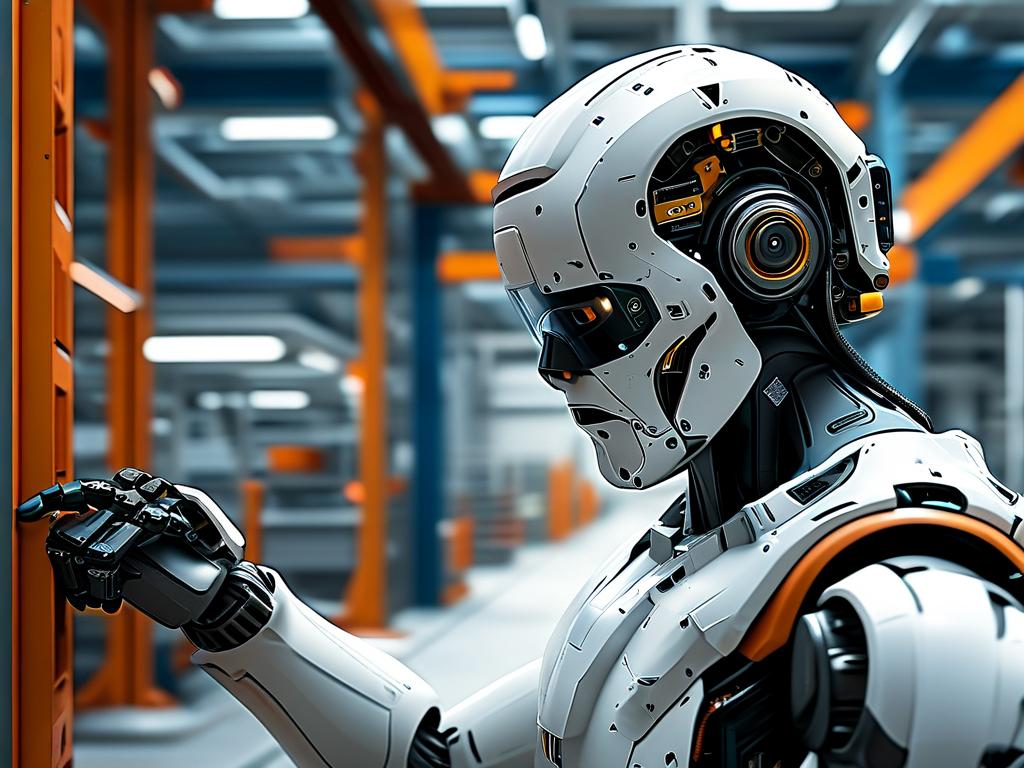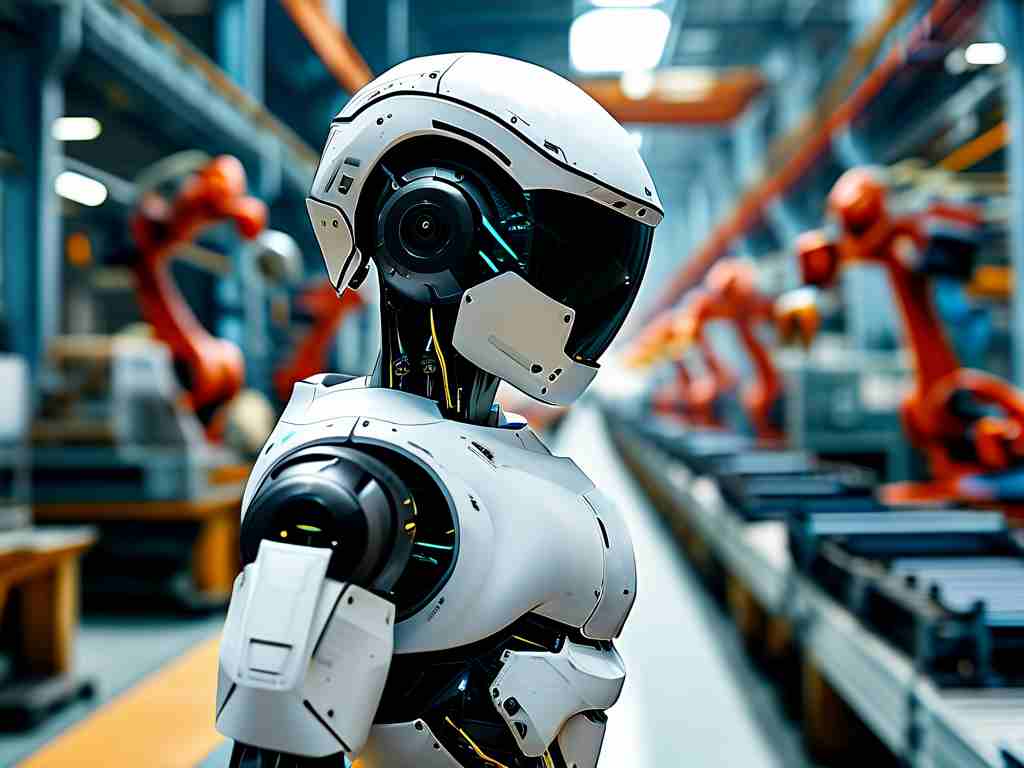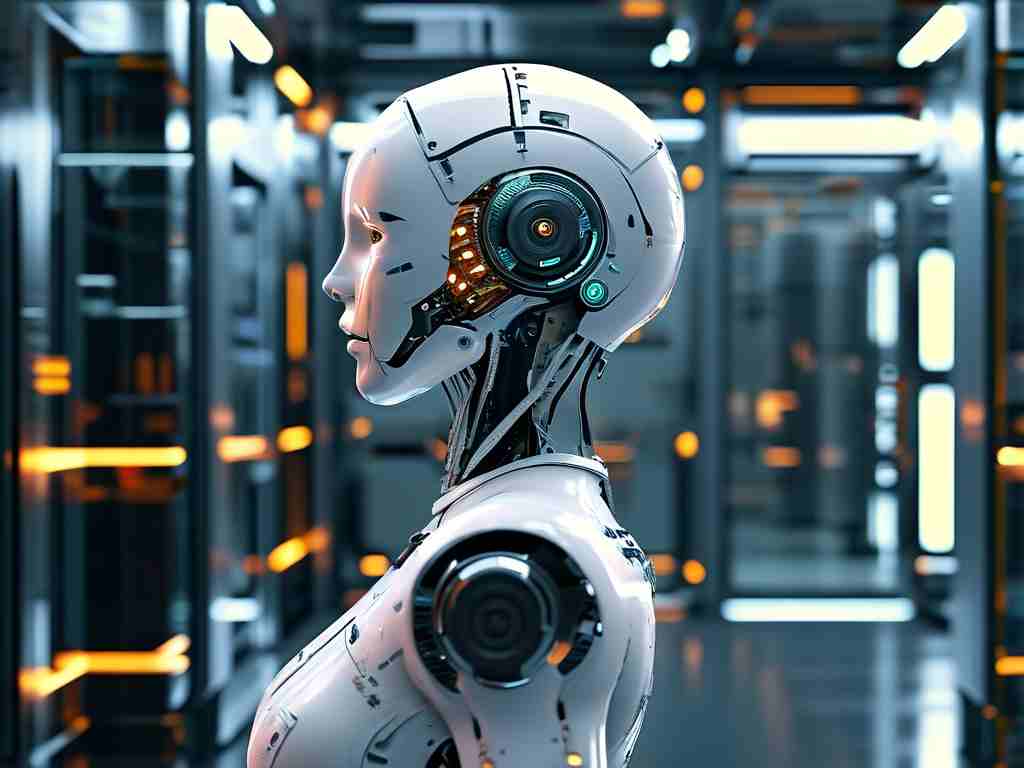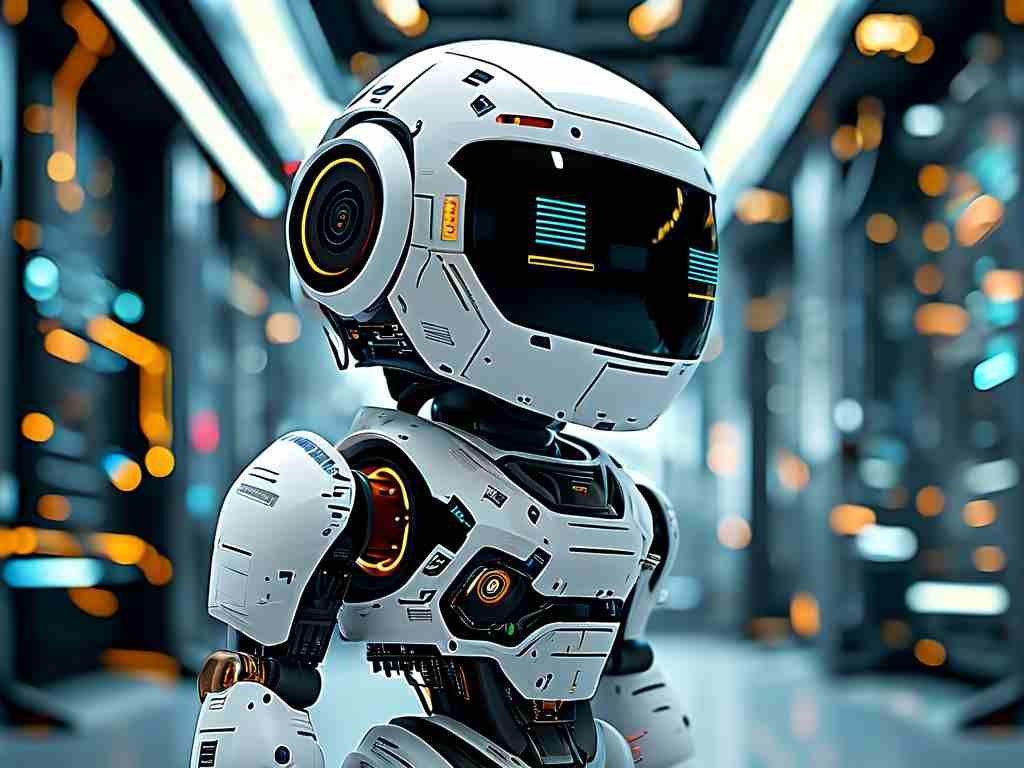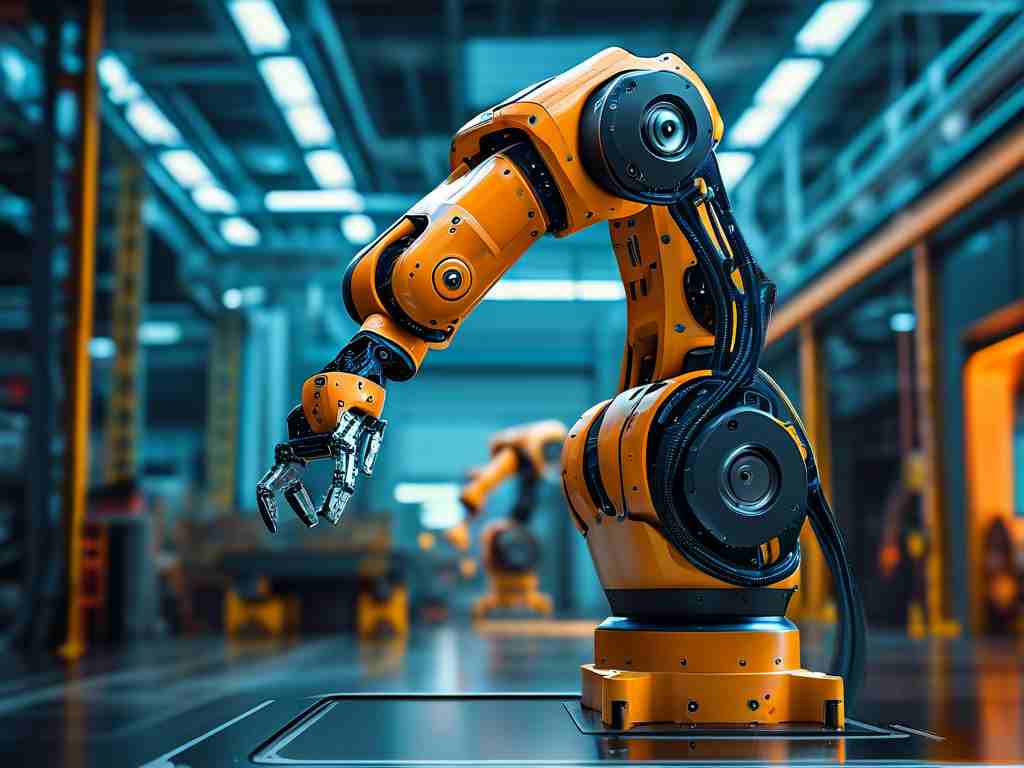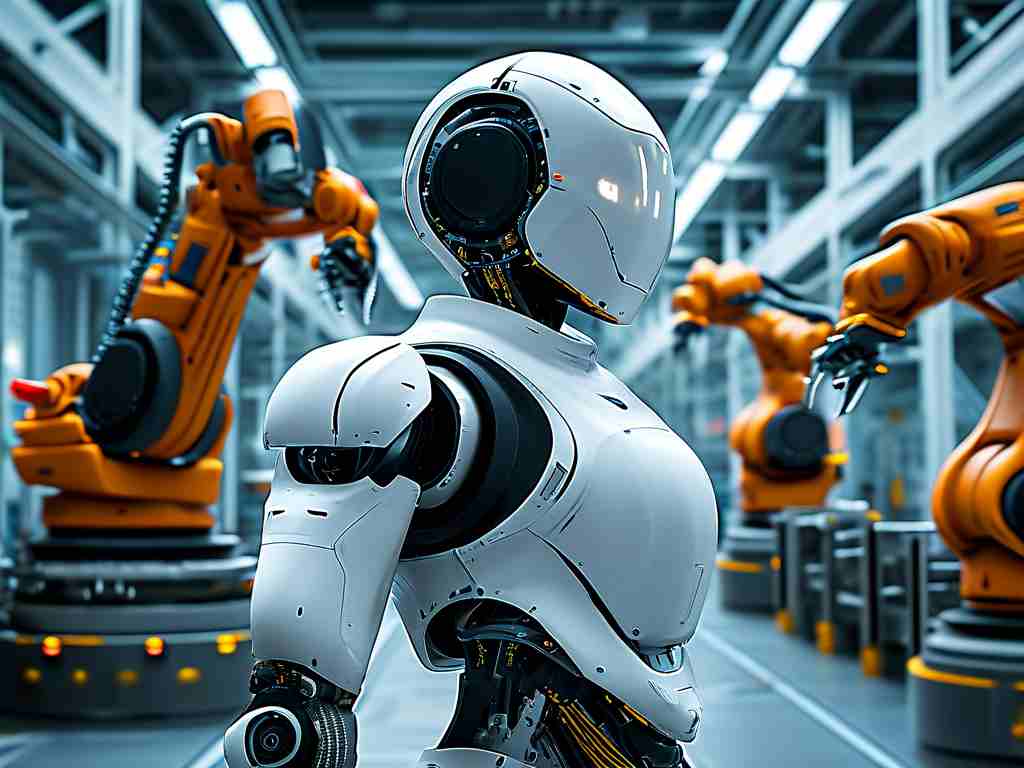The concept of self-healing robotics has transitioned from science fiction to laboratory reality, marking a pivotal shift in how machines interact with their environments. By integrating advanced materials, artificial intelligence, and biomimetic principles, researchers are developing robots capable of autonomously detecting and repairing damage—a breakthrough with far-reaching implications for industries ranging from space exploration to healthcare.
The Science Behind Self-Healing Mechanisms
At the core of robotic self-repair lies a fusion of material innovation and algorithmic intelligence. Shape-memory polymers, for instance, can "remember" their original form and revert to it when exposed to heat or light, effectively sealing cracks or mending structural fractures. Meanwhile, microfluidic networks embedded within robotic limbs mimic biological circulatory systems, delivering liquid healing agents to compromised areas. These materials work in tandem with machine learning models trained to assess damage severity through sensor data, enabling robots to prioritize repairs based on operational criticality.
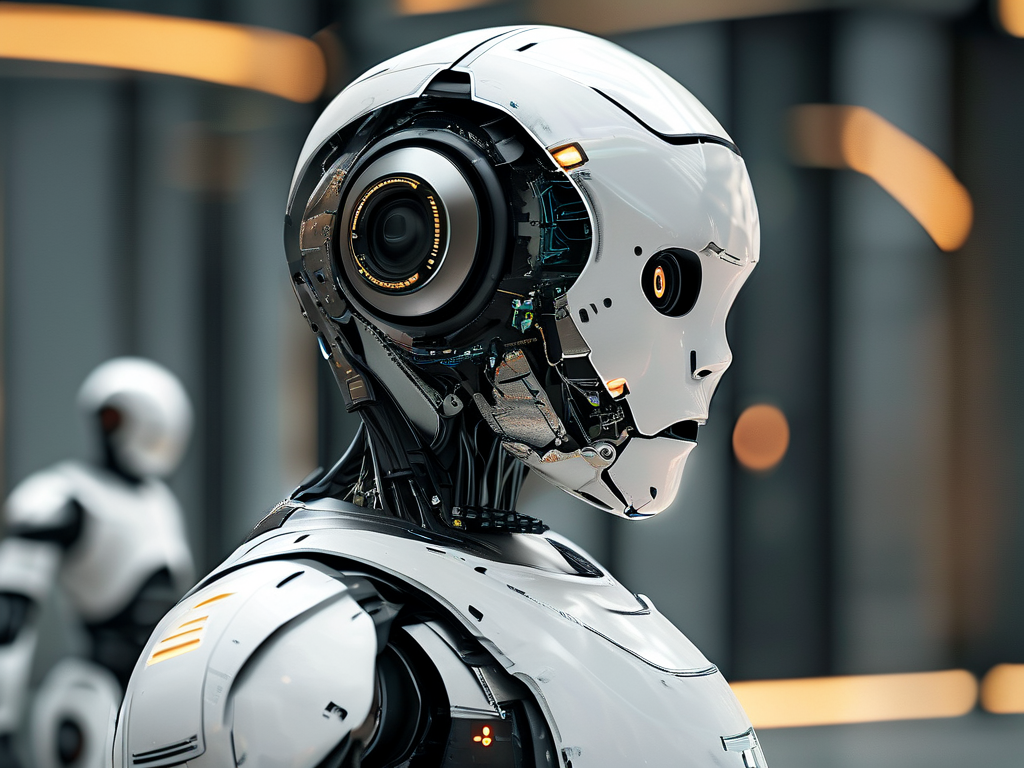
A team at MIT recently demonstrated a quadruped robot that autonomously adjusts its gait after leg joint degradation. By combining vibration pattern analysis with reinforced learning algorithms, the system compensates for mechanical wear without human intervention—a technique inspired by how animals adapt to injuries.
Industrial Applications and Economic Impact
In manufacturing environments, self-healing robots could reduce equipment downtime by 40-60%, according to a 2023 study by the International Robotics Federation. Automotive assembly lines already test prototypes with conductive hydrogels that regenerate electrical pathways severed by physical stress. These systems leverage real-time thermal imaging to identify overheated components, triggering localized cooling and material regeneration processes.
The energy sector presents another compelling use case. Underwater inspection robots equipped with pH-sensitive coatings can autonomously patch corrosion points in offshore oil pipelines. Field trials in the North Sea showed a 72% reduction in maintenance costs compared to traditional remotely operated vehicles (ROVs), as these robots perform repairs during routine monitoring missions.
Challenges in Implementation
Despite promising advances, technical hurdles persist. Current self-repair materials often sacrifice durability for responsiveness—a trade-off exemplified by polymer-based systems that degrade after multiple healing cycles. Energy consumption also remains problematic; a prototype Mars rover developed by NASA’s Jet Propulsion Laboratory required 35% of its power budget for self-diagnostic functions, limiting operational range.
Ethical considerations are emerging alongside technical obstacles. As robots gain repair autonomy, questions arise about liability frameworks. If a surgical robot modifies its own components during an operation, who bears responsibility for malfunctions—the manufacturer, software developer, or healthcare provider? Regulatory bodies have yet to establish clear guidelines for these scenarios.
Biological Inspiration and Hybrid Systems
Nature continues to inform robotic self-healing strategies. Researchers at the University of Tokyo created a gripper coated with mucus-like synthetic proteins that mimic the regenerative properties of sea slug skin. When torn, the material secretes a bonding agent activated by pressure changes, restoring functionality within minutes. Such biohybrid approaches may soon enable robots to "heal" while in motion, much like living organisms.
Another frontier involves distributed neural networks. Unlike centralized AI architectures, these systems allocate decision-making across multiple processing nodes. A damaged robot could reroute computational tasks to intact regions, maintaining partial functionality during repairs—an approach modeled after the human brain’s plasticity. Early experiments with modular robots showed 89% task continuity even after removing 30% of processing units.
The Road to Commercialization
Scaling these technologies requires breakthroughs in manufacturing techniques. 4D printing—where materials change shape post-production—is being adapted to create robots with "pre-programmed" healing behaviors. A collaboration between Siemens and Stanford University yielded a 3D-printed robotic arm whose lattice structure densifies in high-stress areas, preventing fractures before they occur.
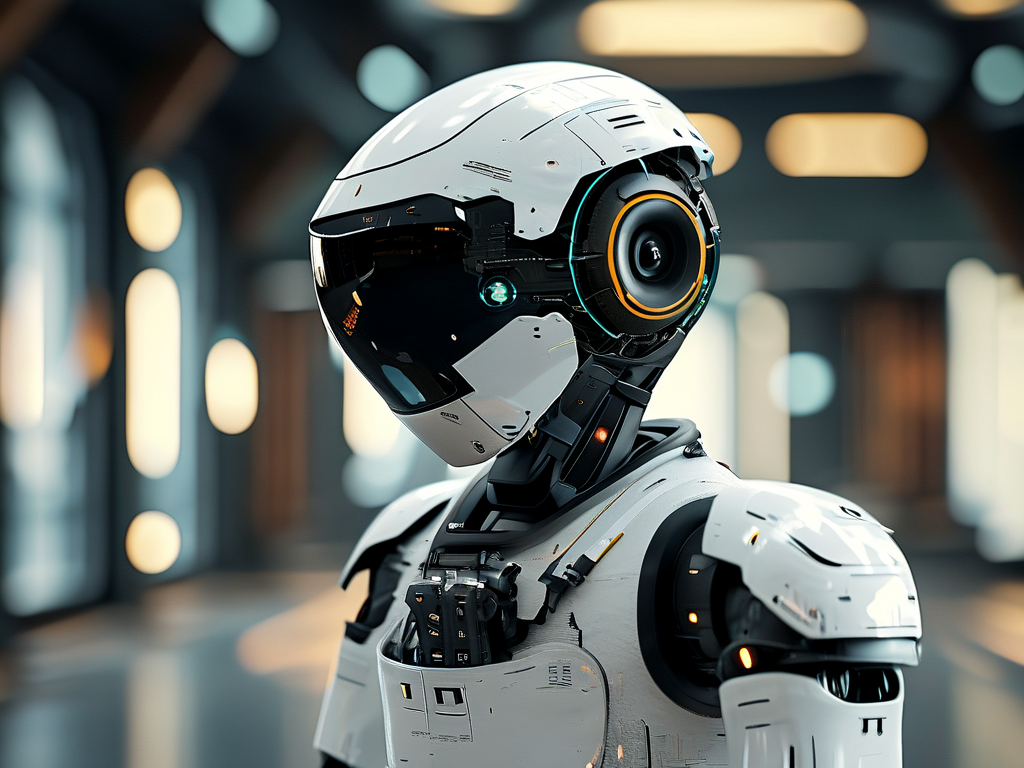
Market analysts project the self-healing robotics sector to reach $12.7 billion by 2030, driven by aerospace and defense demands. Lockheed Martin’s recent patent filings describe drones that repair wing damage mid-flight using telescoping nano-fibers, suggesting military applications may accelerate technology maturation.
As the field evolves, interdisciplinary collaboration will prove crucial. Material scientists, AI specialists, and mechanical engineers must jointly address limitations in healing speed, material longevity, and energy efficiency. The robots of tomorrow may not just fix themselves—they could fundamentally reshape our approach to machine maintenance, sustainability, and human-robot coexistence.


